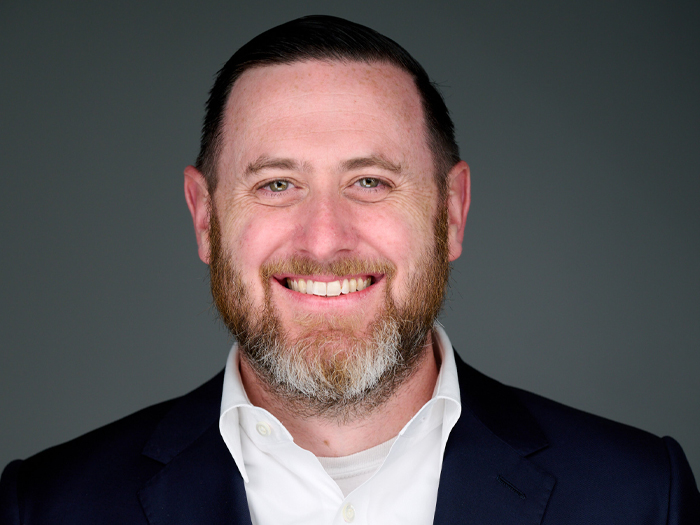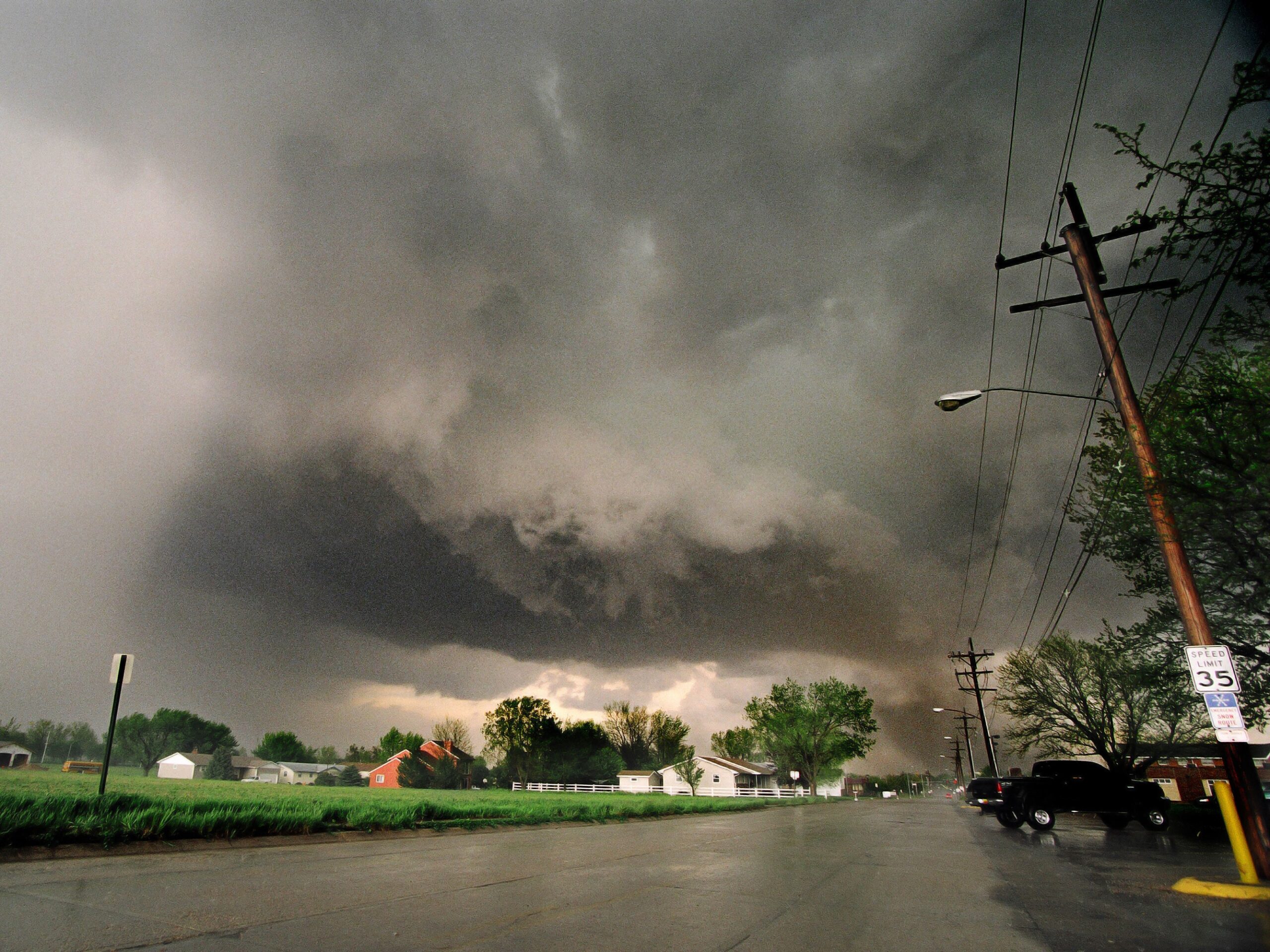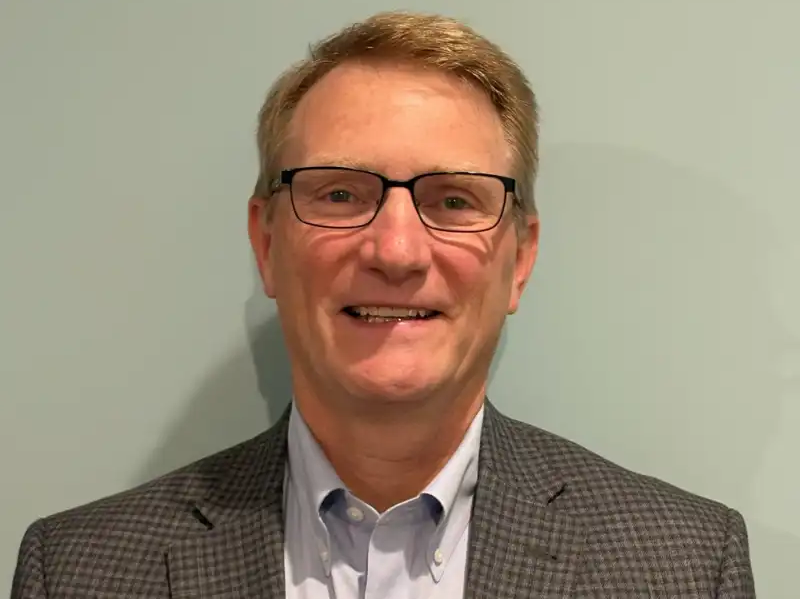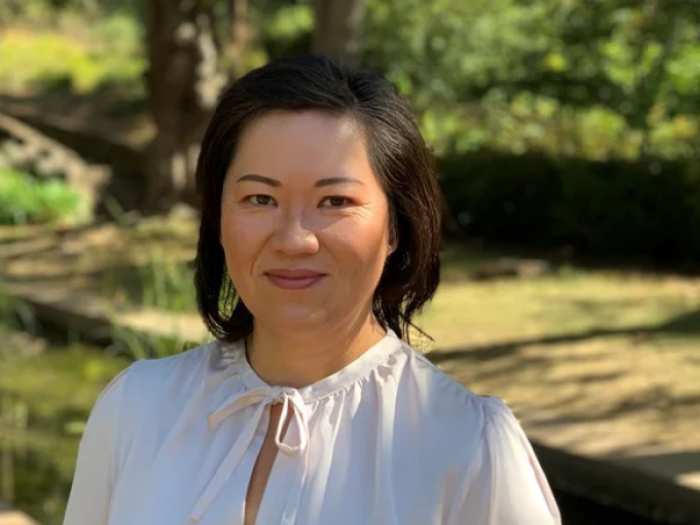Liberty Mutual’s Jon Tellekamp Tells Us What’s Top-of-Mind in Excess Casualty

Risk & Insurance recently sat down with Jon Tellekamp, SVP, head of excess casualty, major accounts, Liberty Mutual, to talk about legal system abuse and how to stem it, talent recruitment and retention, and other macro trends that are on the minds of insurers in the excess casualty space.
What follows is a transcript of that discussion, edited for length and clarity.
Risk & Insurance: What specific lines of business does your team focus on?
Jon Tellekamp: My team specializes in excess casualty lines. We partner with our primary team, which handles risk management, workers’ compensation, general liability and auto insurance, to write lead umbrellas.
Beyond that, we also write excess coverage across the rest of the market. So while we sit above our primary team, our focus extends to providing excess casualty solutions for the broader market as well.
R&I: What are your current internal and external goals, and how do you align your team’s focus with your long-term vision?
JT: Internally, our focus is always on the team. It’s crucial to have the team ready, armed and aligned with our vision. We tie that vision together with our short-term and long-term goals, keeping the team motivated to see beyond the next six, eight or 12 months.
Talent is a hot topic in the market across the board, so we spend a lot of time discussing it with the team.
Our underwriters are experts in their fields, work directly with brokers and buyers, and are located throughout the country in local offices.
R&I: What industry trends and challenges do you foresee on the horizon?
JT: Trends continue to show legal system abuse and outsized verdicts that don’t align with the extent of potential injuries. As a long-term carrier, we need to have a clear path forward to address these issues.
Limit management and attachment points are crucial, as is partnering with clients to understand their values and claims philosophy. Educating clients on the legal environment is essential. Often, we collaborate with our public affairs team to inform clients about pending state laws and federal cases that might impact their programs.
This allows clients to be active in their local markets and understand the potential effects of legislation on their operations. By working closely with our clients and providing them with all the necessary information, we can help them navigate these challenges and make informed decisions about their insurance programs.
R&I: What it comes to legal system abuse, what can the defendant side do to address the issue of rising nuclear verdicts, considering the highly strategic approach of the plaintiffs’ bar?
JT: There are various short-term and long-term controls that can be put in place to address rising nuclear verdicts. In the short term, escalating claims quickly to understand which ones can cause a triggering effect and partnering with strong defense firms that have a history of going toe-to-toe with the plaintiffs’ bar are crucial. The plaintiffs’ bar has an inherent advantage due to its ability to pool resources, which can create a bias in how they try a case or make a claim.
Another key strategy is to quickly identify claims most likely to have a lawyer involved and get them to the right claims resources. This requires sophistication on the back end to analyze incoming claims, look for red triggers and determine the appropriate actions for the claims manager to prevent the claim from escalating and costing more than other similar ones.
Another critical aspect is risk mitigation. Nuclear verdicts prove why risk mitigation is essential because preventing the accident that sparks the claim and lawyer involvement can help avoid the entire issue.
For long-term strategies, I would defer to the public affairs folks. However, we try to learn from them and communicate with them to understand what’s happening in real-time and take action where needed.
R&I: How do you leverage data analysis and talent to identify claims that may spiral out of control early on?
JT: To address the second part of your question first, we have a dedicated team of underwriters and excess claims adjusters partnered with us across North America. This team exclusively handles large, complex claims, most of which are litigated.
We have established processes based on who files the claim, as certain law firms have a known track record. We aim to address these claims immediately and prepare ourselves and the client as quickly as possible.
Learning from experience is crucial, because an insurer like Liberty Mutual has a broad perspective across the claims universe. Data analysis is critical, and having the largest possible dataset — and to fully leverage that data through sophisticated AI and predictive models — allows us to draw meaningful conclusions.
We examine our claims universe to identify common red flags signaling claims that require special attention. Our dedicated excess claims team is trained to handle these cases.
R&I: What are some of the risk mitigation strategies you’re seeing employed to stop losses before they happen?
JT: Risk mitigation involves a proactive approach of sharing information across all lines of business. It’s crucial for clients to track and incorporate strategic risk mitigation into their daily operations, not just rely on luck.
Understanding and stress-testing potential gaps is essential for improvement. It’s also important to prove that critical infrastructure and programs are actually implemented, not just on paper.
For example, with commercial auto insurance, conducting daily checks of driver performance is critical to addressing potential issues before that behavior creates an issue. In the event of an incident, this also allows the insured to demonstrate a proactive approach to managing driver safety and that they followed through with the necessary steps.
R&I: What are the biggest challenges your team and clients are currently facing, from an insurance standpoint?
JT: The unknowns of legal system abuse are a significant stressor for businesses. No one wants to find their name on a billboard or news cover, putting themselves, their employees or their investors in that position.
This ties directly to the financial aspect. Businesses are grappling with how to forecast their budget for insurance spend as a whole, considering the challenges in both property and casualty lines in recent years.
Developing a buying strategy that effectively achieves their desired risk transfer while remaining comfortable is a key challenge. In some cases, this means taking on more risk, such as large companies with self-insured retentions [SIRs] exceeding $50 million. They control their spend through their attachment point.
R&I: Where do you see the industry most underprepared? What keeps you up at night?
JT: Across the industry, the unknown and the lack of consistency in getting to the end of a claim are concerning. The reactionary nature of juries not thinking logically or fully understanding the law and their decisions impact on society is frustrating.
Everything will ultimately end up back at the consumer. For example, if someone falls at a conference center and a jury returns a $25 million verdict based on inflammatory information, the future costs for renting the space, badges, expenses and insurance will likely increase. The lack of understanding of how interconnected the world is and the lack of education around these verdicts is concerning.
Additionally, the industry has seen juries conclude coverage exists where it was never intended or clearly excluded by the policy. Examples include PFAS and BPA [environmental damage]. Ultimately, everyone bears the cost.
In certain states, some areas are almost uninsurable for third-party premise liability because the level of control that’s deemed necessary is impossible to execute. Clients have considered shutting down their operations in those states to protect their risk profile.
This has the potential for societal impacts. For example, food deserts in certain areas of the country or specific cities are exacerbated by the lack of ability to get insurance. Companies simply won’t invest in certain regions or jurisdictions, further dividing people and impacting job opportunities. At some point, a state may have a responsibility to step up and address this issue.
R&I: What are some of the success stories and positive developments you’re seeing in the insurance industry that others should look to emulate?
JT: It’s a great question, and I feel like we often overlook the positive aspects of our industry. Personally, I’m excited about the future, particularly from a talent perspective. At Liberty Mutual, we invest significant effort in attracting — and retaining — diverse talent, partnering with universities that may not be the first to come to mind.
Our goal is to find ways to bring people into the industry, retain them and showcase the appealing side of insurance. I believe there’s a misconception about what a career in insurance entails, but there are numerous opportunities for growth and fulfillment.
We are actively seeking new talent, not just in traditional roles but also in emerging positions. For instance, we have roles across data science and analytics, and even have a dedicated climatology team to address weather-related risks and understand their impact on our business.
The insurance industry is often misunderstood by potential employees, but it offers a wide range of exciting opportunities for those willing to explore them.
R&I: Is there anything else you would like our readers to know about the current state of the casualty market?
JT: The casualty market is currently distressed, but in a positive turn, the market is demonstrating more discipline. We are striving to find solutions that will be sustainable in the long term.
At our company, we always maintain a future-oriented perspective. Our focus is on managing and operating our business today in a manner that ensures sustainability for the next five to 10 years, not just for our company but also for our clients.
We consistently aim to incorporate this big-picture view into every aspect of our work. It’s a fundamental part of our approach. &










